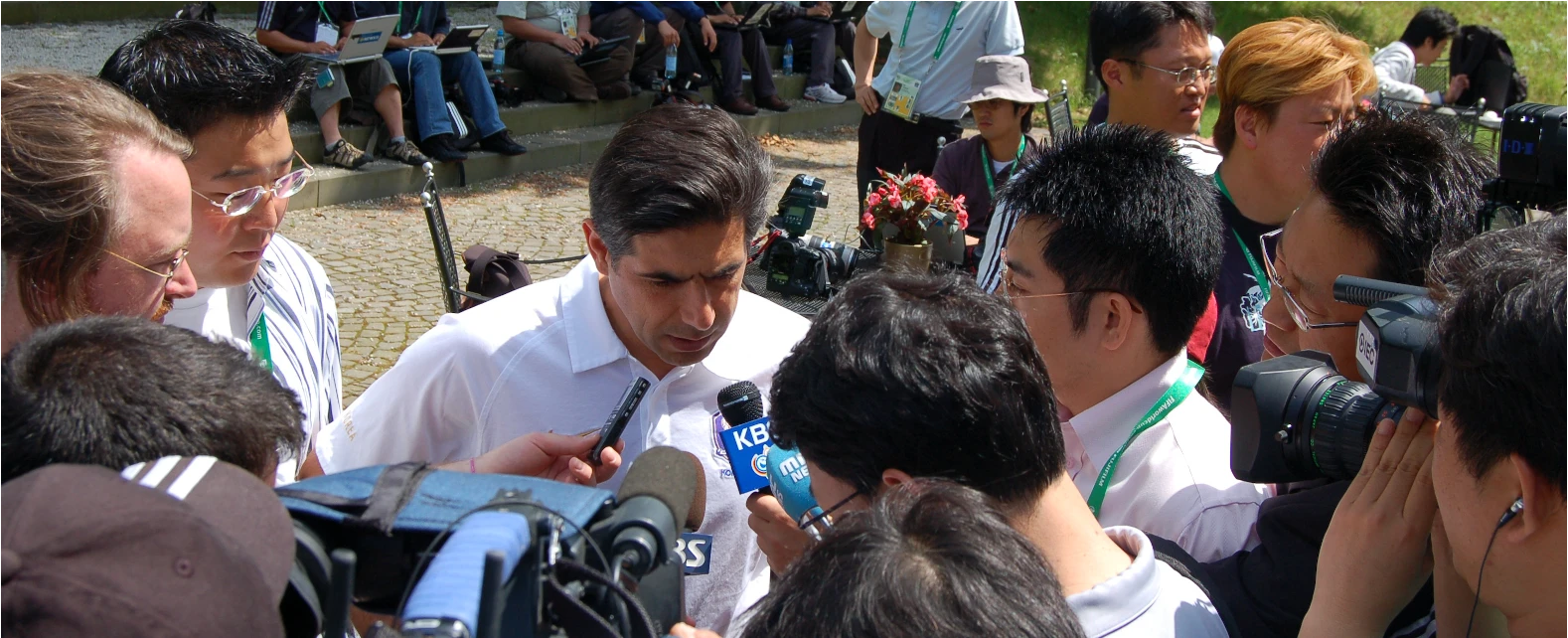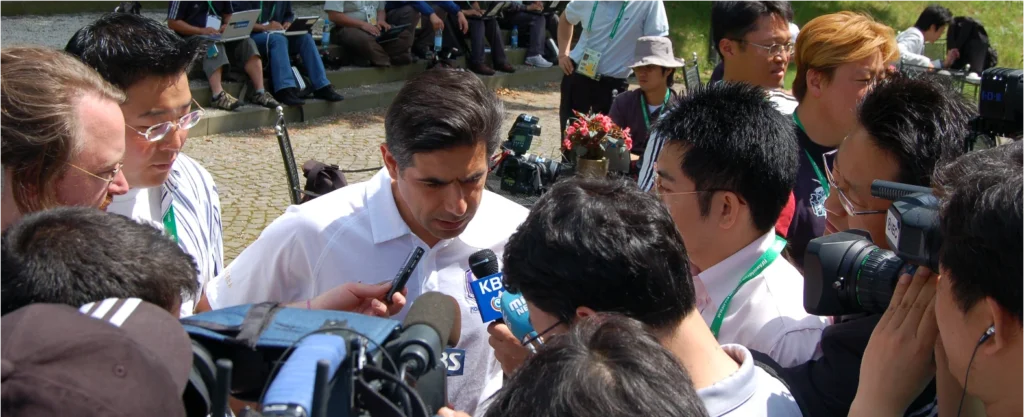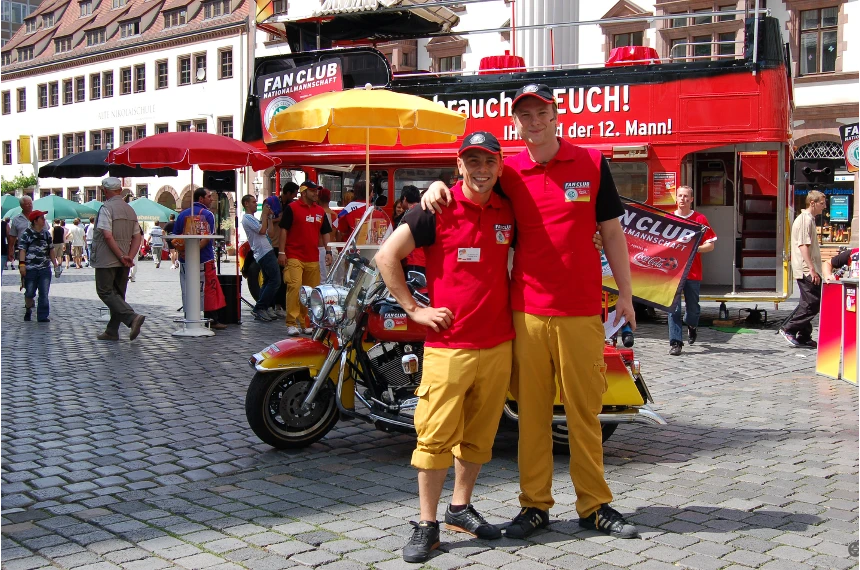
The Great Sporting event on the planet is just around the corner, seven months to be exact. The 2026 FIFA World Cup will mark a new chapter in football history 48 nations, 104 matches, and three host countries across North America. It promises to be the biggest World Cup ever staged: a celebration of human spirit, passion for a game and love of a country. Every game, pass, tackle, dribble and goal will capture the attention and imagination of billions across the planet.
Yet behind the spectacle lies a familiar truth: when football stretches across vast distances and extreme climates, the human spirit of both players and fans, becomes the decisive factor.
A Tournament of Unprecedented Scale
From June 11 to July 19, 2026, matches will unfold across 16 host cities:
Atlanta, Boston, Dallas, Houston, Kansas City, Los Angeles, Miami, New York/New Jersey, Philadelphia, San Francisco Bay Area, and Seattle in the United States; Toronto and Vancouver in Canada; and Guadalajara, Mexico City, and Monterrey in Mexico.
The distances are staggering nearly 5,000 kilometers separate Vancouver from Mexico City, spanning six time zones and climates ranging from desert heat to coastal humidity.
The new format features 12 groups of four teams, with the top two and the eight best third-placed sides advancing to a 32-team knockout phase.
Confederation allocation (48 teams): UEFA 16, CAF 9, AFC 8, CONMEBOL 6, CONCACAF 6 (including hosts USA, Canada, and Mexico), OFC 1, and 2 via intercontinental play-offs.
Experience Across Eras
I was privileged to experience three World Cups serving on the technical staff of the United States (1998) and South Korea (2002 and 2006). Each tournament left a distinct impression on my heart and soul.
France 1998 was a celebration of football, food, and French diversity. The unforgettable fixture between USA and Iran transcended football and touched politics, humanity, and hope. The host nation’s triumph, powered by a multicultural team — changed the face of global football forever.
Korea/Japan 2002 tested players with humidity and endurance, while offering fans rich cultural experiences. It produced unforgettable energy and underdog triumphs. An entire nation inspired 23 South Korean men to perform beyond their limits and achieve what once seemed impossible. Finishing fourth in the world was one of my proudest professional highlights.
Germany 2006 united a nation and rekindled a sense of pride not seen in decades. A perfectly organized tournament, played in modern yet soulful venues, produced some of the finest football of the modern era. My personal highlight was our spirited second-half performances against Togo and France, earning South Korea four points from the first two group games.
The World Cup taught me that beyond talent, tactics and technology, football’s a tango of art and science powered by human will in moments when players rise above exhaustion, and nations find belief and pride through the game.
Heat, Time Zones & Broadcast Balance
To serve prime-time audiences in Europe, Africa, and Asia, many matches will begin between 11 a.m. and 2 p.m. local time, echoing the 1994 World Cup in the United States.
That summer I watched matches from my own backyard in Pasadena the Rose Bowl shimmered under 35 °C heat. Players gasped for air, substitutes drenched themselves with water before stepping on the pitch, and fans wilted beneath the California sun.
Those memories remind us that scheduling shapes performance. Hydration, recovery, and muscle function all decline under heat stress. Sports science has evolved, but the human body continues to have limitations.

Beyond Numbers, The Human Element
The World Cup’s expansion symbolizes inclusion and opportunity, but it also challenges the limits of organization and endurance. Football is played by humans, not by broadcast algorithms. Players need recovery; fans seek connection.
The 2026 tournament will be remembered not only for its scale but for how teams adapt tactically, physically, and emotionally to a landscape designed as much for television as for sport.
The Final Word
From Pasadena’s blazing Rose Bowl in 1994 to the stadiums of North America in 2026, football continues to prove that its greatest power lies not in technology or expansion, but in the passion and courage to play beautifully despite the elements.
The world will once again gather to witness the pinnacle of sport. And as always, the true victory will belong to those who in the face of heat, distance, and pressure, remind us why we call it the beautiful game.


Teams Qualified So Far (as of November 2025)
Hosts – 3
United States • Mexico • Canada
Asia (AFC) – 8
Japan • Iran • Uzbekistan • Jordan • South Korea • Australia • Qatar • Saudi Arabia
South America (CONMEBOL) – 6
Argentina • Brazil • Uruguay • Ecuador • Colombia • Paraguay
Africa (CAF) – 9
Morocco • Egypt • Tunisia • Algeria • Ghana • Ivory Coast • Senegal • South Africa • Cape Verde
Europe (UEFA) – 1
England
Oceania (OFC) – 1
New Zealand
Total qualified: 28 of 48 (≈ 58%) final spots to be decided by March 2026.
